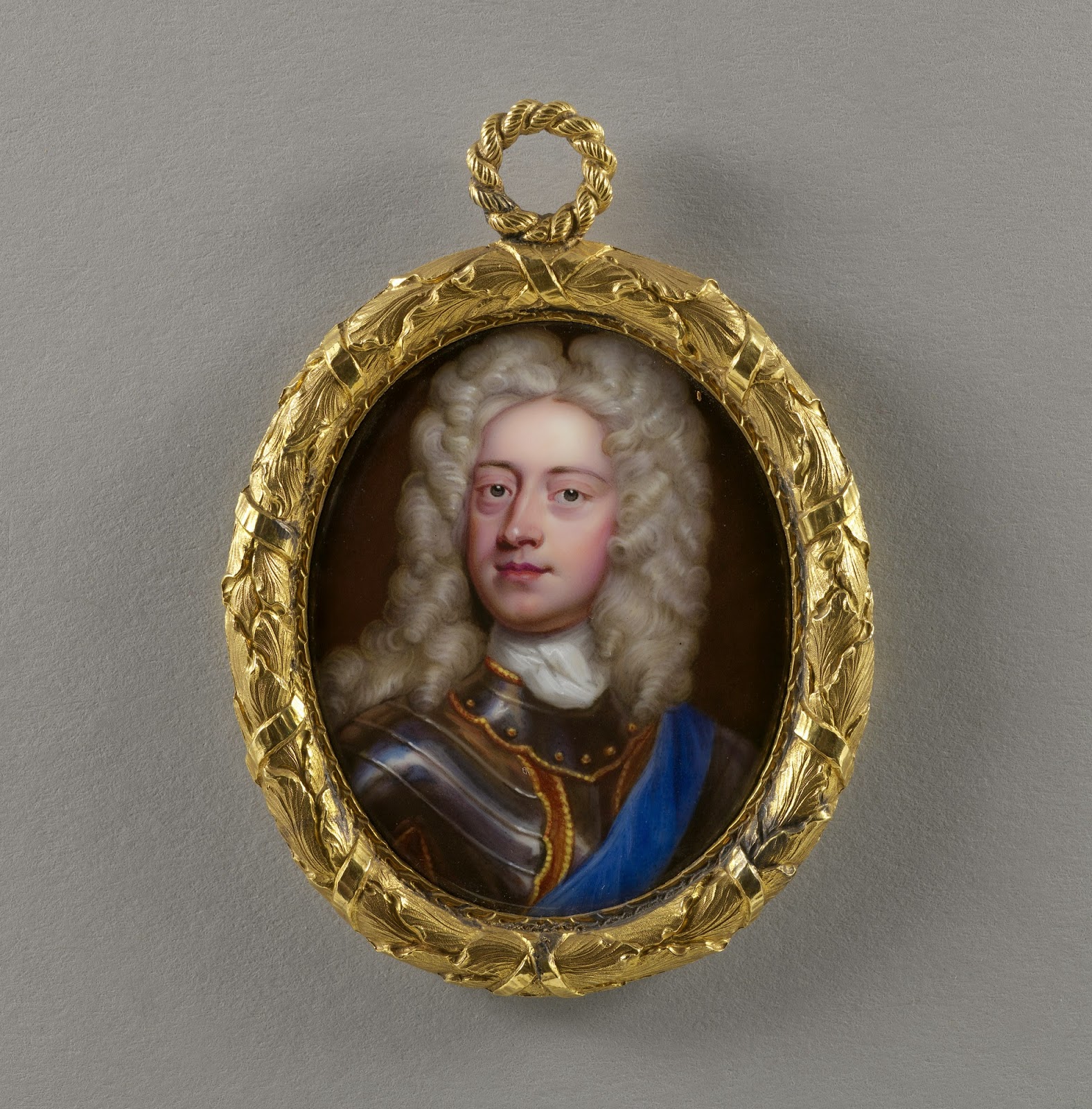Today it’s my very great pleasure to welcome Alison
Stuart to the blog. Alison is an award-winning author of, as she puts it:
“history… mystery… adventure… ghosts, sometimes all in one book,” and today she
is talking about her first Regency historical romance, Lord Somerton’s
Heir. Over to Alison!
Thank you to Nicola and all at the Historical
Romance UK blog. I feel I have come home. Actually that is just bluster… I am
overawed to be in this illustrious company!
My journey to writing
LORD SOMERTON’S
HEIR, my first Regency historical
romance, has been a slightly round about voyage. I love all periods of history
(particularly the English Civil War) but I consciously shied away from writing
Regency because so many wonderful authors do it so well and it is a period so
beloved by readers! It wasn’t as if I had grown up with Georgette Heyer and the
ilk. While my friends were consuming Heyer I was consuming Ronald Welch - I was
far more naturally drawn to historical action adventure stories then I was to
romance.
Some years ago my husband and I visited the
battlefield of Waterloo (as we are both ex military with an
interest in
military history - battlefields loom large on our tour agendas!) and I felt the
first tug to write a story set in this period. I stomped on the idea but it
surfaced again when we found ourselves in London on Waterloo day and paid a
visit to Wellesley House. Of course that was the place to be. Between the
re-enactors, the country dancing and the story of the Battle of Waterloo told
with vegetables (yes, the French were onions…), I was converted.
My lovely hero, Sebastian Alder, veteran of
Waterloo and the unexpected inheritor of the title of Viscount Somerton, was
not going to be stomped on again. Perhaps it is a measure of my own confidence
as a writer that I have now set a story in the Regency but as with all my
stories it is about the characters and the plot and I am quaking in my shoes
with fear of the emails that will tell me off for some small point to do with
fashion or etiquette that I have got completely wrong. I apologise now…
profusely.. and hope readers will forgive me any sins of commission or
ommission in relation to their beloved period and just be carried away with
Sebastian and Isabel’s story.
LORD SOMERTON’S
HEIR is not a “mannered” Regency - think Georgette Heyer meets Bernard
Cornwell! There is a mystery to be solved before these two people can reach
their HEA. It is about two people with dark pasts. It is about the terrible
destruction of war but it is also a story of forgiveness and redemption.
Can the love of an honourable man save her from
the memory of a desolate marriage?
From the battlefield of Waterloo to the drawing rooms of Brantstone
Hall, Sebastian Alder’s elevation from penniless army captain to Viscount
Somerton is the stuff of dreams. But the cold reality of an inherited estate in
wretched condition, and the suspicious circumstances surrounding his cousin’s
death, provide Sebastian with no time for dreams, only a mystery to solve and a
murderer to bring to justice.
Isabel, widow of the late Lord Somerton, is desperate to bury the memory
of her unhappy marriage by founding the charity school she has always dreamed
of. But, her dreams are shattered, as she is taunted from the grave,
discovering not only has she been left penniless, but she is once more bound to
the whims of a Somerton.
But this Somerton is unlike any man she has met. Can the love of an
honourable man heal her broken heart or will suspicion tear them apart?
BUY LINKS
ABOUT
ALISON STUART
Alison
Stuart is an award winning Australian writer of cross genre historicals
with heart. Whether duelling with
dashing cavaliers or wayward ghosts, her books provide a reader with a meaty
plot and characters who have to strive against adversity, always with the
promise of happiness together. Alison is a lapsed lawyer who has worked in the
military and fire service, which may explain a predisposition to soldier
heroes. She lives with her own personal
hero and two needy cats and likes nothing more than a stiff gin and tonic and a
walk along the sea front of her home town.
She loves to hear from her readers and can be found at her website, facebook,
twitter and Goodreads.
TO CELEBRATE THE RELEASE OF LORD SOMERTON’S
HEIR, I AM RUNNING A RAFFLECOPTER CONTEST FOR THE MONTH OF MAY. The Prize is a “Goody bag” (for details
visit my website).
ALL YOU HAVE TO DO IS CLICK HERE TO
ENTER:
Brantstone Hall
December 11, 1814
…The tea,
in its delicate porcelain cup, sat undrunk and cold, the bread curled and dried
as the little clock on the mantelpiece ticked away the minutes. Isabel sat
unmoving, staring out at the winter landscape of the Brantstone Park as if she
expected Anthony to come galloping down the carriage way. She knew even before
Thompson knocked on the door and stood shifting from one foot to the other, his
shapeless felt hat clutched in his hand, that Anthony was dead.
She
followed the head groom out into the stable yard again, where a farmer’s cart
now stood. She looked at the cart and with her head held high; she walked
across it. Thompson interposed himself between her and the inanimate object
that lay in the filthy dray.
‘Are you
sure, my lady?’ he asked.
She
nodded and Thompson flicked back the sacking that covered the shapeless lump in
the back of the cart. Isabel stared down into her husband’s face, into his
open, staring eyes, already opaque in death. Anthony lay, stiff with rigor
mortis, in the filth of a cart that had last been used to shift manure, from
the smell. An ignominious end to his life, she thought.
‘We found
him over by Lovett’s Bridge. He’d taken the hedge intending the shortcut across
the Home Farm fields,’ Thompson was saying. He jerked his head at the saddle,
the beautiful, hand tooled saddle that had been tossed into the cart with its
owner. ‘Looks like the girth strap broke and he came off. Broke his neck in the
fall. He’d not have known anything about it, my lady.’
Aware of
the anxious faces that surrounded her, Isabel swallowed. They expected her to
break down. They wanted her tears but she had none to give. She had expended
too many tears over Anthony, Lord Somerton, while he lived to spare any for him
now that he was dead.
Her gaze
rested on the saddle. It had been her gift to Anthony on his birthday only a
few months earlier. Now it was the cause of his death. It stood as a symbol of
everything that had gone wrong between herself and her husband.
She
turned on her heel and walked back to the house with her head held high. With
every step, the enormity of Anthony’s death sank in.
She was
free, but at what price came that freedom?
Her back
straightened and her lips tightened.
To attain
freedom, first she had to find Lord Somerton’s heir.
Thank you very much to Alison for joining us today!

















